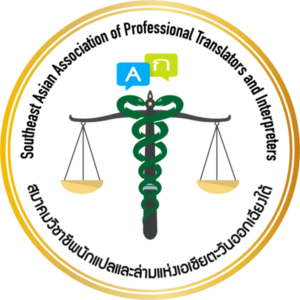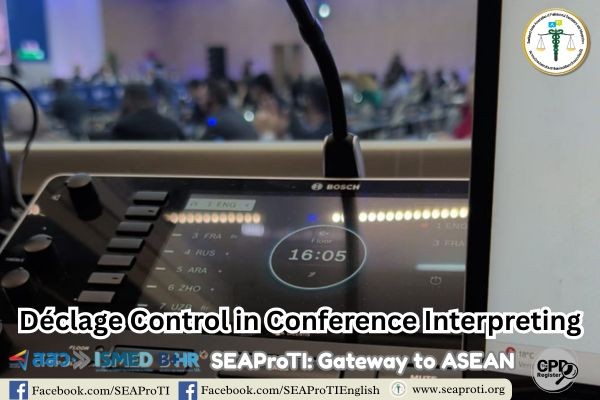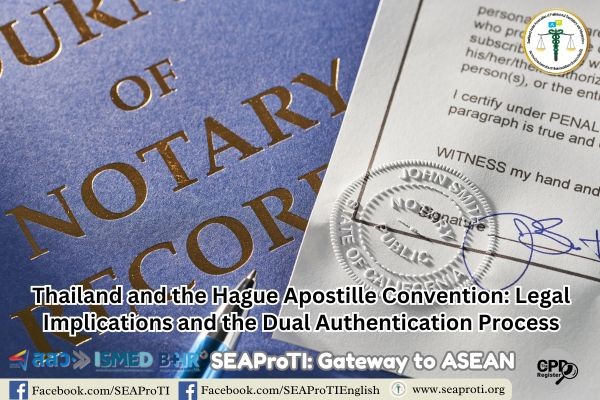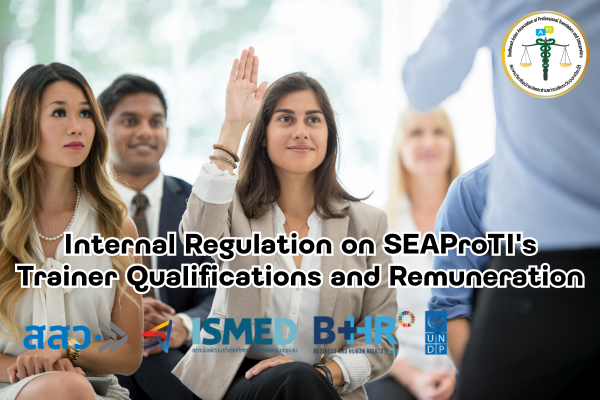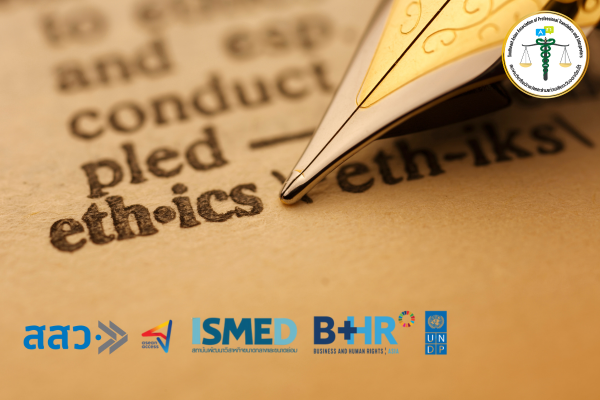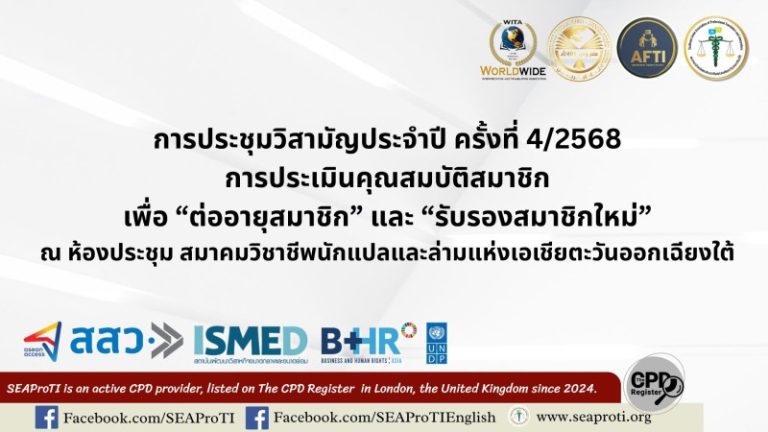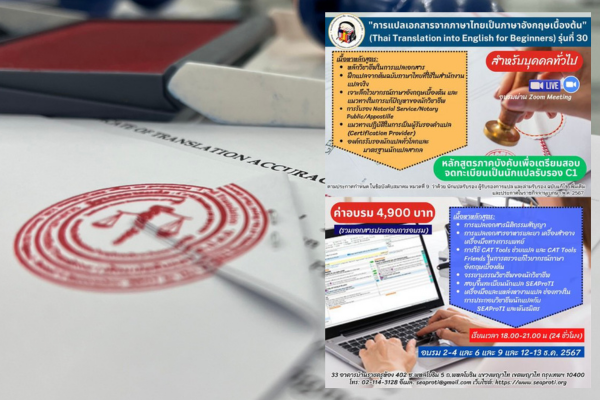Déclage Control in Conference Interpreting
9 November 2025, Bangkok – The term déclage, borrowed from French, refers to the “time lag” between the speaker’s utterance and the interpreter’s rendition. It represents the interval an interpreter needs to listen, process meaning, and begin speaking.
Déclage = Listening Time + Processing Time + Start of Delivery
Déclage control therefore refers to the interpreter’s ability to manage this lag strategically—lengthening it to wait for key information in complex sentences, or shortening it when the content is predictable. Effective management ensures accuracy, clarity, and smooth delivery.
Why Déclage Control Matters
- Appropriate décalage is central to high-quality simultaneous interpreting.
- If the lag is too short, the interpreter risks literal translation, inaccuracies, or incomplete meaning.
- If it is too long, the interpreter may lose track of the message, forget information, or fall behind the speaker.
Good décalage control enables interpreters to:
- Chunk ideas naturally
- Reformulate meaning more accurately
- Deliver more smoothly
- Repair or adjust output when necessary
What Is an Appropriate Déclage?
There is no fixed number, but many professional interpreters work with a décalage of approximately 2–6 seconds, depending on:
- Language pair
- Sentence structure
- Speaker’s speed and density
- Interpreter’s experience and cognitive load
Some languages, such as German, Japanese, and certain English structures, place key information (especially verbs) at the end of the sentence. In such cases, interpreters may need a longer décalage to ensure full comprehension before reformulating.
How to Practice Déclage Control
Shadowing with a deliberate delay
Listen to a speech and repeat it with a 3–5-second lag to train working memory and timing.
Interpreting with varied décalage lengths
Interpret the same material using shorter and longer delays, then compare the results.
Waiting for key elements
Practice pausing until crucial information—often verbs or predicate structures—appears.
Recording and self-analysis
Review whether you began too early, waited too long, or lost structure.
Techniques for Managing Déclage
- Rely on memory for ideas, not individual words
- Use logical anticipation to predict sentence endings
- Avoid shadowing the speaker word-for-word
- Use brief framing expressions when necessary to regulate timing
- If falling behind, prioritize core meaning rather than every detail
In summary, décalage control is one of the fundamental skills that define the quality of simultaneous interpreting. Interpreters who manage this lag effectively achieve deeper comprehension, maintain pace with the speaker, and deliver clearer and more coherent output—forming the foundation of professional performance at international conferences.
About Certified Translators, Translation Certifiers, and Certified Interpreters of SEAProTI
The Southeast Asian Association of Professional Translators and Interpreters (SEAProTI) has formally announced the qualifications and requirements for registration of Certified Translators, Translation Certification Providers, and Certified Interpreters in Sections 9 and 10 of the Royal Gazette, published by the Secretariat of the Cabinet, Office of the Prime Minister of Thailand, on 25 July 2024 (Vol. 141, Part 66 Ng, p. 100). Certified Translators, Translation Certification Providers, and Certified Interpreters
The Council of State has proposed the enactment of a Royal Decree, granting registered translators and recognized translation certifiers from professional associations or accredited language institutions the authority to provide legally valid translation certification (Letter to SEAProTI dated April 28, 2025)
SEAProTI is the first professional association in Thailand and Southeast Asia to implement a comprehensive certification system for translators, certifiers, and interpreters.
Head Office: Baan Ratchakru Building, No. 33, Room 402, Soi Phahonyothin 5, Phahonyothin Road, Phaya Thai District, Bangkok 10400, Thailand
Email: hello@seaproti.com | Tel.: (+66) 2-114-3128 (Office hours: Mon–Fri, 09:00–17:00)
การควบคุม Déclage ในการล่ามพูดพร้อม (Conference Interpreting)
9 พฤศจิกายน 2568, กรุงเทพมหานคร – คำว่า déclage มาจากภาษาฝรั่งเศส ใช้เรียก “ช่วงเวลาเหลื่อม” ระหว่างสิ่งที่ผู้พูดกล่าวกับเวลาที่ล่ามเริ่มถ่ายทอดความหมายออกมา กล่าวคือ เป็นระยะเวลาที่ล่ามต้องใช้ในการฟัง ประมวลผล และเริ่มต้นพูด
Déclage = เวลาฟัง + เวลาประมวลผล + เวลาที่เริ่มพูด
การควบคุม décalage จึงหมายถึงความสามารถของล่ามในการจัดการเวลาเหลื่อมนี้อย่างมียุทธศาสตร์ ทั้งการยืดเวลาเพื่อรอข้อมูลสำคัญในประโยคที่ซับซ้อน หรือการลดเวลาเมื่อตัวเนื้อหาคาดเดาได้ไม่ยาก เพื่อให้การล่ามมีความถูกต้อง ลื่นไหล และครอบคลุมความหมายครบถ้วน
เหตุใดการควบคุม Déclage จึงสำคัญ
การใช้ décalage ที่เหมาะสมเป็นปัจจัยหลักของคุณภาพการล่ามพูดพร้อม หากระยะเวลาน้อยเกินไป ล่ามอาจตีความผิด แปลตรงตัวเกินไป หรือถ่ายทอดเนื้อหาไม่ครบถ้วน ในทางตรงข้าม หาก décalage ยาวเกินไป ล่ามอาจจำข้อมูลไม่ได้ ตกหล่น หรือไม่สามารถตามผู้พูดทัน
การควบคุม décalage ที่ดีช่วยให้ล่ามสามารถ
- แยกกลุ่มความคิดได้เป็นธรรมชาติ
- ถอดรหัสและเรียบเรียงประโยคได้แม่นยำมากขึ้น
- ถ่ายทอดอย่างลื่นไหล
- มีโอกาสแก้ไขหรือซ่อมแซมข้อความเมื่อจำเป็น
ช่วง Déclage ที่เหมาะสม
แม้ไม่มีตัวเลขที่ตายตัว แต่ล่ามมืออาชีพจำนวนมากมี décalage อยู่ที่ประมาณ 2–6 วินาที ขึ้นอยู่กับปัจจัยหลายประการ เช่น
คู่ภาษา
- โครงสร้างประโยค
- ความเร็วและความหนาแน่นของผู้พูด
- ประสบการณ์และภาระการทำงานของสมอง
บางภาษา เช่น เยอรมัน ญี่ปุ่น หรือภาษาอังกฤษในบางโครงสร้าง มักวางคำกริยาหรือข้อมูลสำคัญไว้ช่วงท้ายของประโยค ล่ามจึงอาจต้องรอนานขึ้นเพื่อให้ได้ความหมายที่สมบูรณ์ก่อนเริ่มถ่ายทอด
วิธีฝึกการควบคุม Déclage
ฝึก Shadowing พร้อมตั้งเวลาหน่วง
ฟังคำพูดและพูดตามโดยหน่วงเวลา 3–5 วินาที เพื่อฝึกการเก็บข้อมูลก่อนพูด
ฝึกล่ามด้วยความยาว décalage ที่ต่างกัน
ทดลองล่ามเนื้อหาเดียวกันด้วยระยะเวลาหน่วงที่สั้นและยาว แล้วเปรียบเทียบคุณภาพ
ฝึกการรอส่วนสำคัญของประโยค
โดยเฉพาะคำกริยาหรือส่วนที่กำหนดโครงสร้างความหมายของประโยค
อัดเสียงและประเมินตนเอง
วิเคราะห์ว่าตนเองเริ่มเร็วเกินไปหรือช้าจนเสียโครงสร้างข้อความ
เทคนิคการบริหาร Déclage
ใช้ความจำเพื่อเก็บ “แนวคิด” ไม่ใช่ “คำศัพท์ทีละคำ”
ใช้การคาดการณ์ตามตรรกะและรูปแบบประโยค
หลีกเลี่ยงการตามผู้พูดแบบคำต่อคำ
ใช้สำนวนเปิดประโยคสั้น ๆ เมื่อจำเป็น เพื่อจัดจังหวะการพูด
หากล่ามตามไม่ทัน ควรเลือกถ่ายทอดแก่นสารก่อน แล้วค่อยประมวลรายละเอียดตามความเหมาะสม
บทสรุปคือ การควบคุม décalage เป็นหนึ่งในทักษะหลักที่กำหนดคุณภาพของการล่ามพูดพร้อม ล่ามที่สามารถจัดการเวลาเหลื่อมนี้ได้อย่างมีประสิทธิภาพจะมีความเข้าใจลึกกว่า ฟังได้ทันกว่า และถ่ายทอดได้ชัดเจนกว่า ซึ่งเป็นรากฐานของล่ามมืออาชีพในเวทีระหว่างประเทศ
เกี่ยวกับนักแปลรับรอง ผู้รับรองการแปล และล่ามรับรองของสมาคมวิชาชีพนักแปลและล่ามแห่งเอเชียตะวันออกเฉียงใต้
สมาคมวิชาชีพนักแปลและล่ามแห่งเอเชียตะวันออกเฉียงใต้ (SEAProTI) ได้ประกาศหลักเกณฑ์และคุณสมบัติผู้ที่ขึ้นทะเบียนเป็น “นักแปลรับรอง (Certified Translators) และผู้รับรองการแปล (Translation Certification Providers) และล่ามรับรอง (Certified Interpreters)” ของสมาคม หมวดที่ 9 และหมวดที่ 10 ในราชกิจจานุเบกษา ของสำนักเลขาธิการคณะรัฐมนตรี ในสำนักนายกรัฐมนตรี แห่งราชอาณาจักรไทย ลงวันที่ 25 ก.ค. 2567 เล่มที่ 141 ตอนที่ 66 ง หน้า 100 อ่านฉบับเต็มได้ที่: นักแปลรับรอง ผู้รับรองการแปล และล่ามรับรอง
สำนักคณะกรรมการกฤษฎีกาเสนอให้ตราเป็นพระราชกฤษฎีกา โดยกำหนดให้นักแปลที่ขึ้นทะเบียน รวมถึงผู้รับรองการแปลจากสมาคมวิชาชีพหรือสถาบันสอนภาษาที่มีการอบรมและขึ้นทะเบียน สามารถรับรองคำแปลได้ (จดหมายถึงสมาคม SEAProTI ลงวันที่ 28 เม.ย. 2568)
สมาคมวิชาชีพนักแปลและล่ามแห่งเอเชียตะวันออกเฉียงใต้ เป็นสมาคมวิชาชีพแห่งแรกในประเทศไทยและภูมิภาคเอเชียตะวันออกเฉียงใต้ที่มีระบบรับรองนักแปลรับรอง ผู้รับรองการแปล และล่ามรับรอง
สำนักงานใหญ่: อาคารบ้านราชครู เลขที่ 33 ห้อง 402 ซอยพหลโยธิน 5 ถนนพหลโยธิน แขวงพญาไท เขตพญาไท กรุงเทพมหานคร 10400 ประเทศไทย
อีเมล: hello@seaproti.com โทรศัพท์: (+66) 2-114-3128 (เวลาทำการ: วันจันทร์–วันศุกร์ เวลา 09.00–17.00 น.

